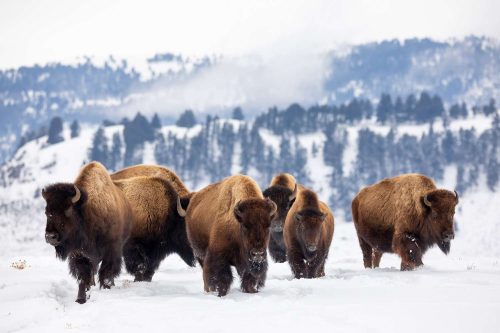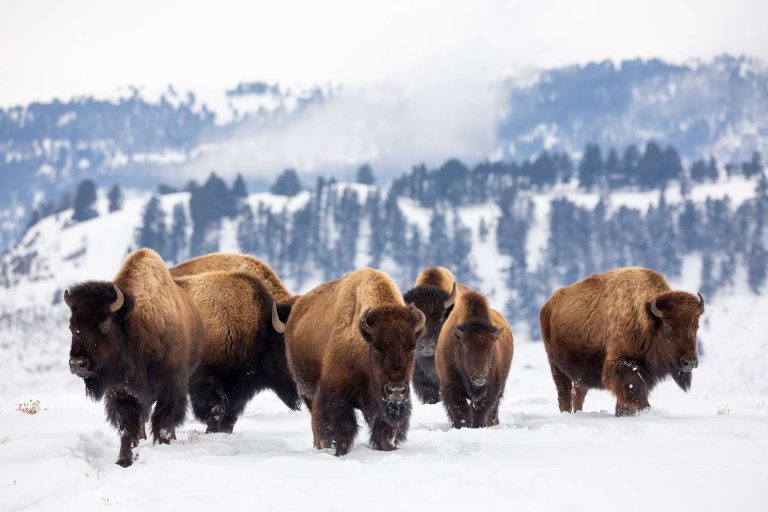Before recent technological advances, wind turbine blades were nearly hard to recycle, and they needed to be replaced every 20 years or so. Now, a company in the United States has become the first to shred the blades used to create cement. Is this, however, the most effective method of dealing with old blades?
Cement production is a significant source of greenhouse gas emissions. Is it really possible to minimize emissions by generating them this way? The Business Insider team traveled to Missouri to see whether recycling wind turbine blades could help reduce a rising source of global garbage.
The United States’ first wind turbine was constructed in the late 1800s. The tower stood 60 feet tall and had enough energy to power three modern homes. Land-based wind turbines now stand at an average height of 525 feet above the ground. The average wind turbine can provide enough electricity to power approximately 460 houses. The tallest offshore wind turbine is more than 850 feet in height. The blades of land-based wind turbines are about 170 feet in length. That’s more than four school buses parked end to end in a single parking lot.
The blades are often constructed of a composite of fiberglass and balsa wood. The material is highly durable, and the issue will be in reverse the engineering and physically breaking down the substance to reveal its composition.
Recent years have seen a significant increase in turbine blades accumulating in landfills. The corporation Veolia set out to find a solution for this challenge. GE Renewable Energy provides the blades for the system. The blades are brought in from all across the United States to Louisiana and Missouri. Workers in this facility trim them down before sending them to the shredder for destruction. The most challenging part is having them chopped so that they can be fed through the shredder without causing any damage.
Some of the devices are capable of crushing the 20-foot portions into fragments roughly the size of a football with their sheer force. The blade chunks are then sent into another shredder, further ground down. Following that, any large fragments that remain are separated by a sorting machine.
Veolia also recycles non-hazardous medical waste that does not threaten the environment. And part of it has been incorporated into the blade material. GE pays a fee to Veolia for recycling the blades, and Veolia pays the price for transporting the final product to cement plants. As a result, there is no profit linked with it. The underlying driving force behind this effort is to keep this waste from ending up in landfills in the first place.
Turbine blades are used as fuel in cement manufacturers, and Veolia claims their product burns cleaner than coal in these applications. The cement industry’s carbon footprint, on the other hand, is unlikely to be significantly reduced as a result of this initiative. This is because most of the emissions do not come from the burning of coal but rather from the heating of limestone inside massive kilns. The cement business accounts for around 8% of total greenhouse gas emissions, three times more than the aviation industry.
Is it true that the best we can accomplish with turbine blades is manufacturing fresh cement? Even though it does not lower cement production emissions, it prevents the blades from ending up in landfills. However, not everyone believes that shredding and burning the blades is the most effective method, and researchers such as Larry Bank believe that reusing the blades is preferable. As an alternative to disposing of it as waste, you should look for ways to reuse it in second life or other industry.
Larry and other experts from Re-Wind are currently working on constructing a pedestrian bridge in Ireland. In addition, they have suggestions to convert wind turbines into cellular towers and fences, among other things. They are hoped that these demonstration projects will persuade people that repurposing is a viable alternative to conventional waste disposal methods.
Additionally, they are not alone in their actions. Architects in the Netherlands transformed discarded blades into a playground and a public monument, and another business in Denmark built a bike shelter out of recycled materials. How come more projects like these do not make use of razor blades?
The primary reason for this is that it is pretty inexpensive to dispose of them in a landfill. A landfill will almost certainly be the favored solution unless there is a restriction in the United States, which appears doubtful. Following the publication of the story by Business Insider, Veolia commented, stating that while reusing blades is an interesting concept, it is not sufficient to address the growing waste problem.
These additional usages do not give the scale required to handle the present wind turbine blades needed for long-term sustainability. As other wind turbines are installed in the United States, the waste problem may worsen. In the United States, there are currently more than 70,000 wind turbines in operation. And, thanks to plans to boost offshore wind, the United States could have 2,000 additional wind turbines within the next decade. The infrastructure bill for 2021 included a minimum of $100 million for the expansion of wind energy.
According to one study, the global trash generated by turbine blades will approach 47 million tons by 2050. However, even if this were to happen, it would still only account for around an eighth of the plastic waste generated each year. In the grand scheme of things, it has a negligible influence compared to most other industrial operations.
Veolia and Re-Wind are both looking forward to the task of figuring out what to do with the blades they have collected. It’s a cliche, but you know what they say: one man’s trash is another man’s gold. We have a limited number of resources at our disposal. As a result, we must devise novel methods of discovering new resources, and those new resources may be derived from elements that we have already consumed. After these materials have been used in their first applications, if we can find new applications for them in a second or even third life, it’s a win-win situation for everyone.











